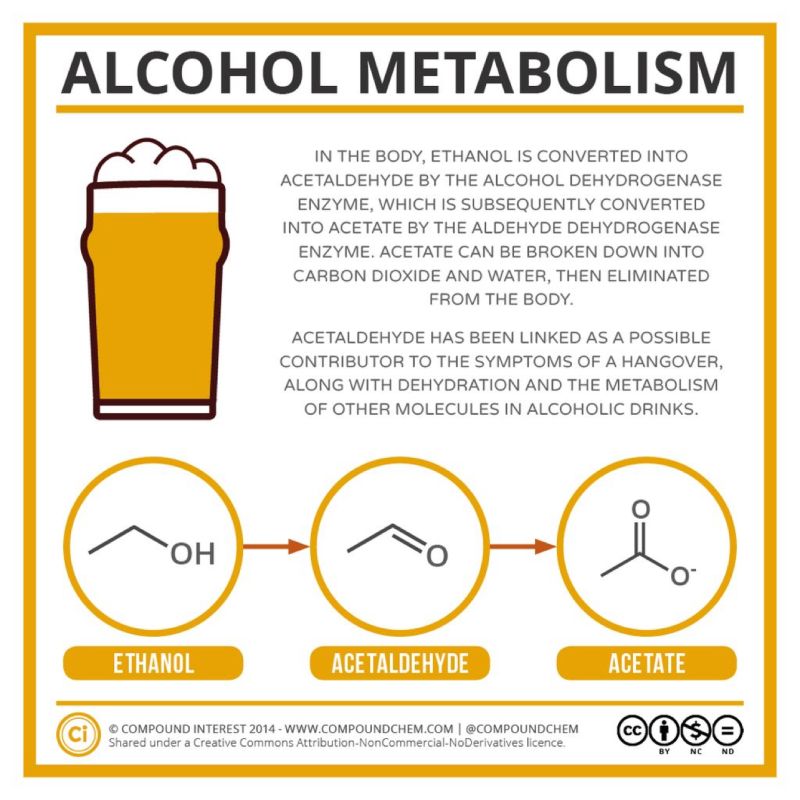Uncover the surprising science behind alcohol metabolism and learn how to determine your limit for a safe and enjoyable night out.
Table of Contents
Whether you’re a seasoned drinker or a casual consumer of alcohol, the question of “how many beers to get drunk?” is a common curiosity. Understanding the science behind alcohol metabolism, individual tolerance levels, and factors influencing intoxication can shed light on this intriguing query and help you make informed decisions when it comes to imbibing. Let’s dive into the complex world of alcohol and explore the fascinating processes that occur in our bodies when we indulge in a drink.
Alcohol Metabolism
alcohol metabolism is a key aspect of understanding how our bodies process and eliminate alcohol. When you consume a drink, whether it’s a beer, glass of wine, or shot of liquor, the alcohol enters your bloodstream and is eventually metabolized by the liver. Enzymes, such as alcohol dehydrogenase and aldehyde dehydrogenase, play a crucial role in breaking down alcohol into less harmful substances.
Factors such as age, gender, and body composition can influence the speed at which alcohol is metabolized in your body. Younger individuals tend to metabolize alcohol more quickly than older individuals due to differences in enzyme activity. Additionally, men typically have higher levels of alcohol dehydrogenase and metabolize alcohol faster than women. Your body composition, including muscle mass and fat percentage, can also affect how efficiently you process alcohol.
Individual Tolerance Levels
One of the most significant factors that determine how many beers it takes to get drunk is your individual tolerance to alcohol. Tolerance is influenced by a variety of factors, including genetics, previous alcohol consumption, and food intake. Some people may have a genetic predisposition to metabolize alcohol more efficiently, leading to a higher tolerance level.
Previous alcohol consumption can also impact your tolerance level. Regular drinkers may develop a higher tolerance over time, requiring more alcohol to achieve the same level of intoxication. It’s essential to be mindful of how much alcohol you consume and pay attention to how your body reacts to different levels of intake.
Factors Influencing Intoxication
Several factors can influence how drunk you get from a certain amount of alcohol. Beyond individual tolerance levels, factors such as the type of alcohol consumed, the rate of consumption, and the presence of food in your stomach can all play a role in determining your level of intoxication.

Image courtesy of www.linkedin.com via Google Images
Drinking high-alcohol content beverages or mixing different types of alcohol can lead to quicker intoxication. The rate at which you consume alcohol also impacts how quickly you feel its effects. Drinking on an empty stomach can result in faster absorption of alcohol into your bloodstream, leading to a more pronounced level of intoxication.
Conclusion
As you navigate the world of alcohol consumption, it’s essential to understand your own limits and the factors that can influence how alcohol affects your body. By delving into the science behind alcohol metabolism, individual tolerance levels, and factors influencing intoxication, you can make more informed decisions when it comes to drinking.
Remember to drink responsibly, know your limits, and prioritize your safety and well-being. If you’re unsure how alcohol will affect you, start with a conservative approach and monitor how your body responds. Stay informed, stay safe, and enjoy your drinks in moderation.
How does alcohol metabolism vary between individuals?
Alcohol metabolism can differ based on age, gender, and body composition. Younger individuals and those with higher muscle mass tend to metabolize alcohol more quickly. Men typically have higher levels of alcohol dehydrogenase, while women may metabolize alcohol at a slower rate.
What factors influence an individual’s tolerance to alcohol?
Genetics, previous alcohol consumption, and food intake can impact one’s alcohol tolerance. Some individuals may have a genetic predisposition to metabolize alcohol more efficiently. Regular drinkers often develop a higher tolerance over time, requiring more alcohol to achieve the same level of intoxication.
How can the type and rate of alcohol consumption affect intoxication levels?
Consuming high-alcohol content beverages or mixing different types of alcohol can lead to quicker intoxication. The speed at which alcohol is consumed also plays a role in how quickly its effects are felt. Drinking on an empty stomach can result in faster absorption into the bloodstream.
What are some tips for drinking responsibly and staying safe?
To drink responsibly, know your limits, monitor your alcohol intake, and prioritize your safety and well-being. Start with a conservative approach if you’re unsure how alcohol will affect you. Stay informed about alcohol metabolism and the factors influencing intoxication, and always enjoy your drinks in moderation.
Generated by Texta.ai Blog Automation


Leave a Reply